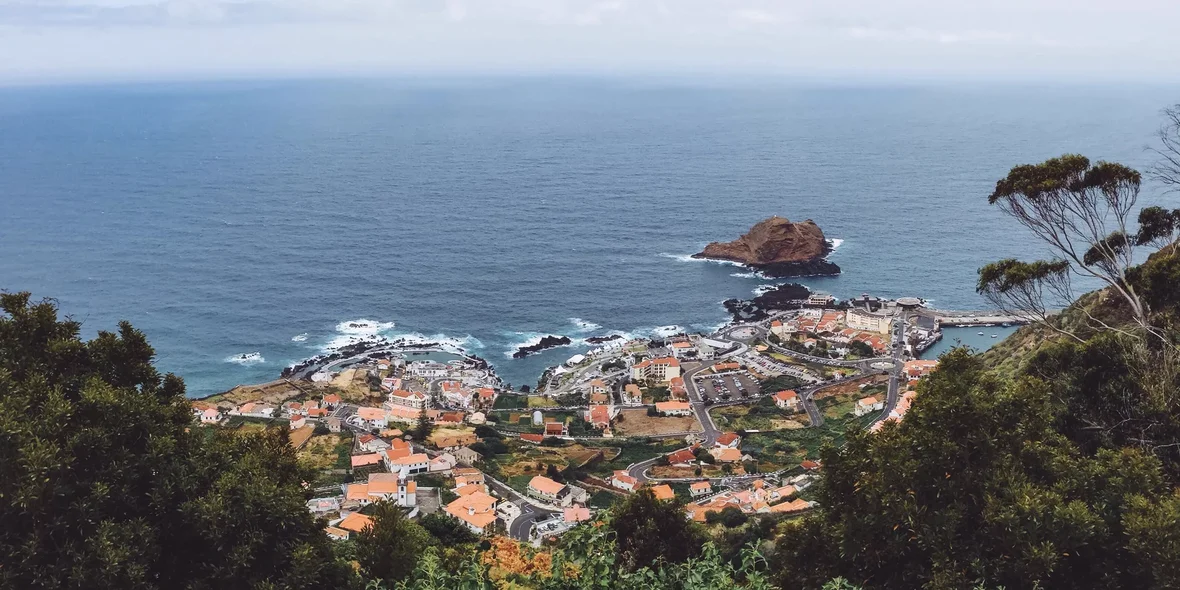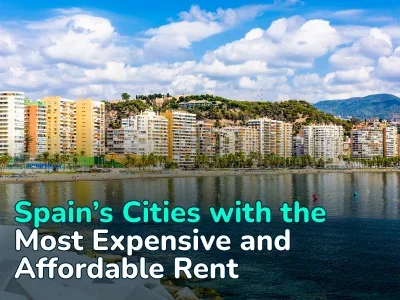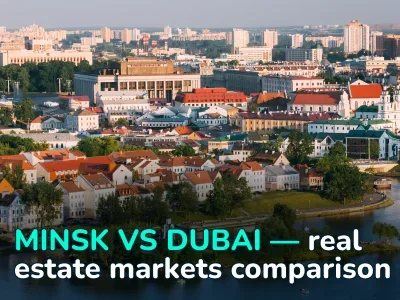
How have residential real estate prices increased in different regions of Portugal—from Lisbon to Madeira?
Housing prices in Portugal have risen a lot in the last four years. According to the National Institute of Statistics (INE), a square meter in the country cost €1629 in the second quarter of 2023, while four years ago this figure was 48% lower.
There are many reasons for this increase, but one of the key factors is demand. The country is attracting both local and foreign investors as well as tourists, which is putting pressure on the real estate market.
In the Lisbon agglomeration region, prices jumped 57% to €2306 per “square”. The price increases were particularly impressive in some peripheral municipalities, such as Moita (+99%), Barreiro (+77%), Seixal (+74%), and Setubal (+73%). These regions have become particularly popular among those wishing to purchase real estate in Portugal.
Prices in the Porto agglomeration have also increased significantly, especially in the municipalities of Espinho (+83%), Matosinhos (+69%), Gondomar (+63%), Santo Tirso (+56%), and Maia (+56%).
As for the Algarve region, the increase was 51%, with a current price per square of €2583. The municipality of Vila do Bispo particularly stood out, with an impressive 143% growth. Some other municipalities also recorded significant growth, such as Portimão (+65%), São Brás de Alportel (+65%), and Vila Real de Santo António (+62%).
In the autonomous region of Madeira, the average price per square meter increased by 58% between April and June 2023. Funchal, the capital of the region, stands out with an increase of 66%. Madeira, with its beautiful views and mild climate, attracts both tourists and investors, which puts pressure on the real estate market.
The overall increase in house prices in Portugal over the last four years emphasizes the country's attractiveness for housing and investment. However, it may also raise questions about the affordability of housing for locals and spark discussions about market regulation measures.
Author
I am responsible for editorial work. I write expert interviews and guides.





















